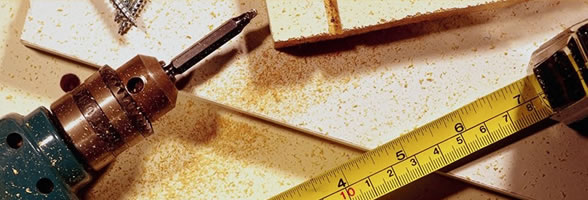
Food
Main elements found in food:
- Carbon
- Hydrogen
- Oxygen
- Nitrogen
- Phosphorus
- Sulfur
Other elements present:
- Sodium
- Calcium
- Magnesium
- Potassium
- Chlorine
Trace Element:
- Iron
- Zinc
- Copper
Biomolecules
- Carbohydrates
- Proteins
- Lipids
|
|
Carbohydrates |
Proteins |
Lipids |
|
Elements Present |
Present in ratio: C:H:O 1:2:1
|
Some also contain Sulfur, Phosphrus or other elements.
Only biomolecule that contains nitrogen |
|
|
Structure |
Monosaccharides one sugar unit Eg. glucose, fructose
Disaccharides two sugar units Eg. maltose (glucose+glucose), sucrose (fructose+glucose)
Polysaccharides many monosaccharides joined together Eg. starch (stored by plants) cellulose (in plant cell walls) glycogen (stored by animals in liver and muscles)
|
Made up of subunits called amino acids
There are about 20 common amino acids
The sequence and number in which the amino acids combine determines the protein formed
<20 amino acids join to form a peptide
20-200 amino acids join to form a polypeptide
>200 amino acids join to form a protein
The chains of amino acids also fold in specific way to give the protein its characteristic 3D shape
Eg. Keratin in hair is fibrous Albumin is globular shape
|
Fats – solid at room temperature
Oils – liquid at room temperature
Lipids are composed of subunits called triglycerides
Triglycerides are made up of a glycerol unit and 3 fatty acids.
Phospholipids are lipids in which a phosphate group replaces one of the fatty acid groups. |
|
Sources |
Sugars – fruit, jam Starch – bread, pasta Fibre – Wholegrain bread
|
Animal sources – meat,fish, eggs Plant sources – peas, beans |
Butter, Milk, Cream Meat |
|
Functions |
Structural cellulose in cell walls
Metabolic glucose provides energy in respiration, glycogen stores energy in animals, starch stores energy in plants
|
Structural Keratin is found in hair and skin
Metabolic Enzymes control reactions Antibodies destroy pathogens |
Source of energy
Energy Store (contains almost twice as much energy as carbohydrates)
Phospholipids form part of cell membranes
|
|
Test |
|
|
|
Micronutrients
- Needed in small amounts in the body
- Includes vitamins and minerals
Vitamins
Classed as being water soluble (B & C), and fat soluble (Vitamins A,D,E & K)
|
Vitamin |
Source |
Function |
Deficiency |
Solubility |
|
Vitamin C |
Citrus fruits – oranges, limes, lemons Blackcurrents |
General health Healthy teeth and gums Needed for iron absorption |
Scurvy Poor gums, tooth loss, bruising |
Water Soluble |
|
Vitamin D |
Liver Milk Fish oils Can be made by skin when exposed to uv rays of sun. |
Needed for calcium absorption from the intestine |
Rickets in children Osteomalacia in adults Causes weak, brittle bones that break easily |
Fat Soluble |
Minerals
Needed by plants:
|
Mineral |
Function |
|
Calcium |
Calcium pectate acts as cement between cell walls |
|
Magnesium |
Makes green pigment, chlorophyll |
Needed by animals:
|
Mineral |
Function |
|
Calcium |
Forms healthy bones and teeth |
|
Iron |
Needed to make haemoglobin in red blood cells |
Water
Also needed for survival because:
- Component of body fluids (eg. blood) and cytoplasm
- Acts as a solvent – reactions occur in solution
- Involved in chemical reactions (eg. respiration & photosynthesis)
- Used for transport
- Difficult to heat up and cool down – this keeps reactions occurring at a constant rate
Anabolic Reactions (“building up”)
- When smaller molecules join to make larger ones
- Eg. Photosynthesis ( small molecules (water and oxygen) join to form larger ones (glucose)):
6H2O + 6CO2 + Energy -------------------> C6H12O6 + 6O2
Catabolic Reactions (“breaking down”)
- When larger molecules are broken down to smaller ones
- Eg. respiration (large molecule (Glucose) broken down into small molecules (water and oxygen))
C6H12O6 + 6O2 --------------------> 6H2O + 6CO2 + Energy




